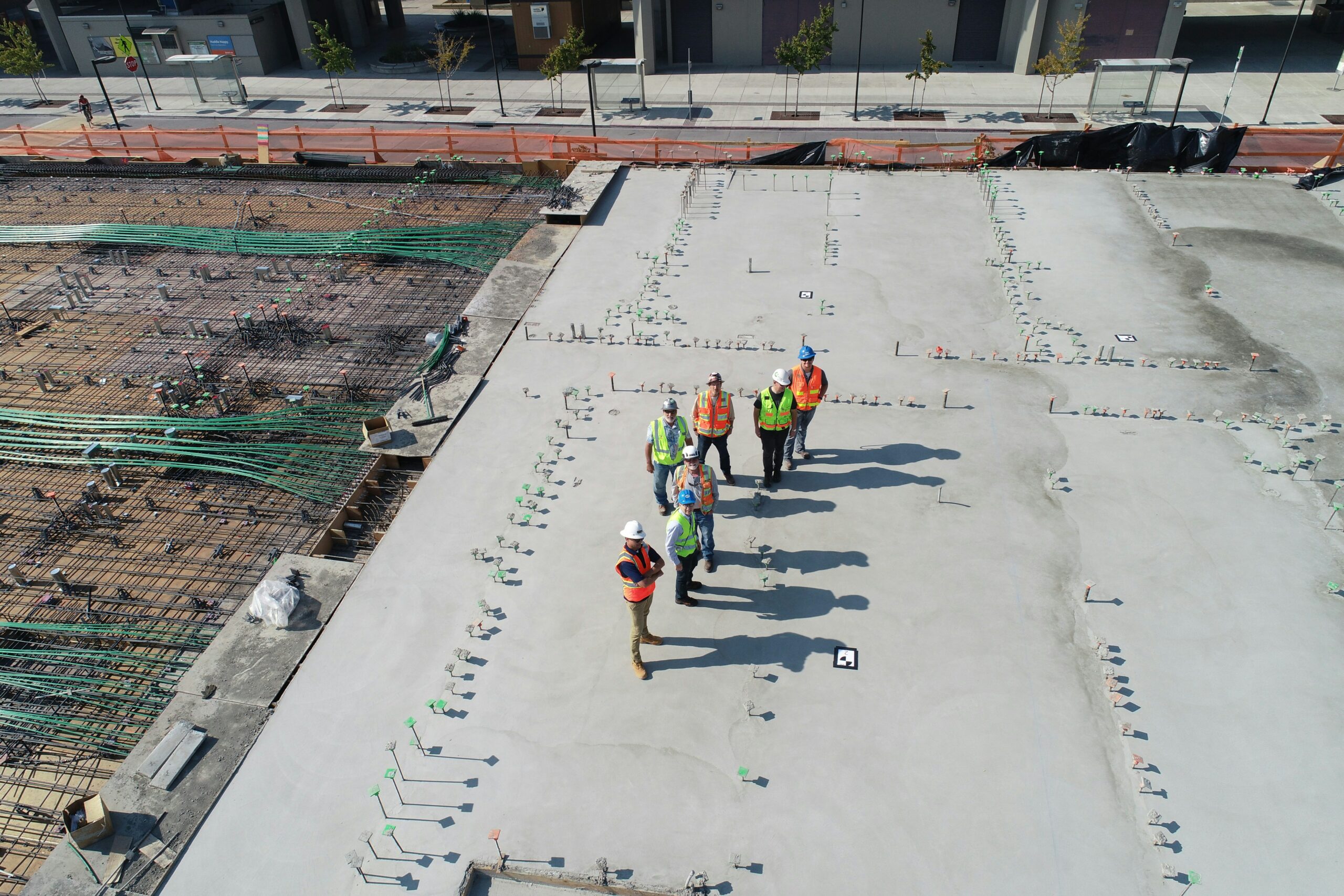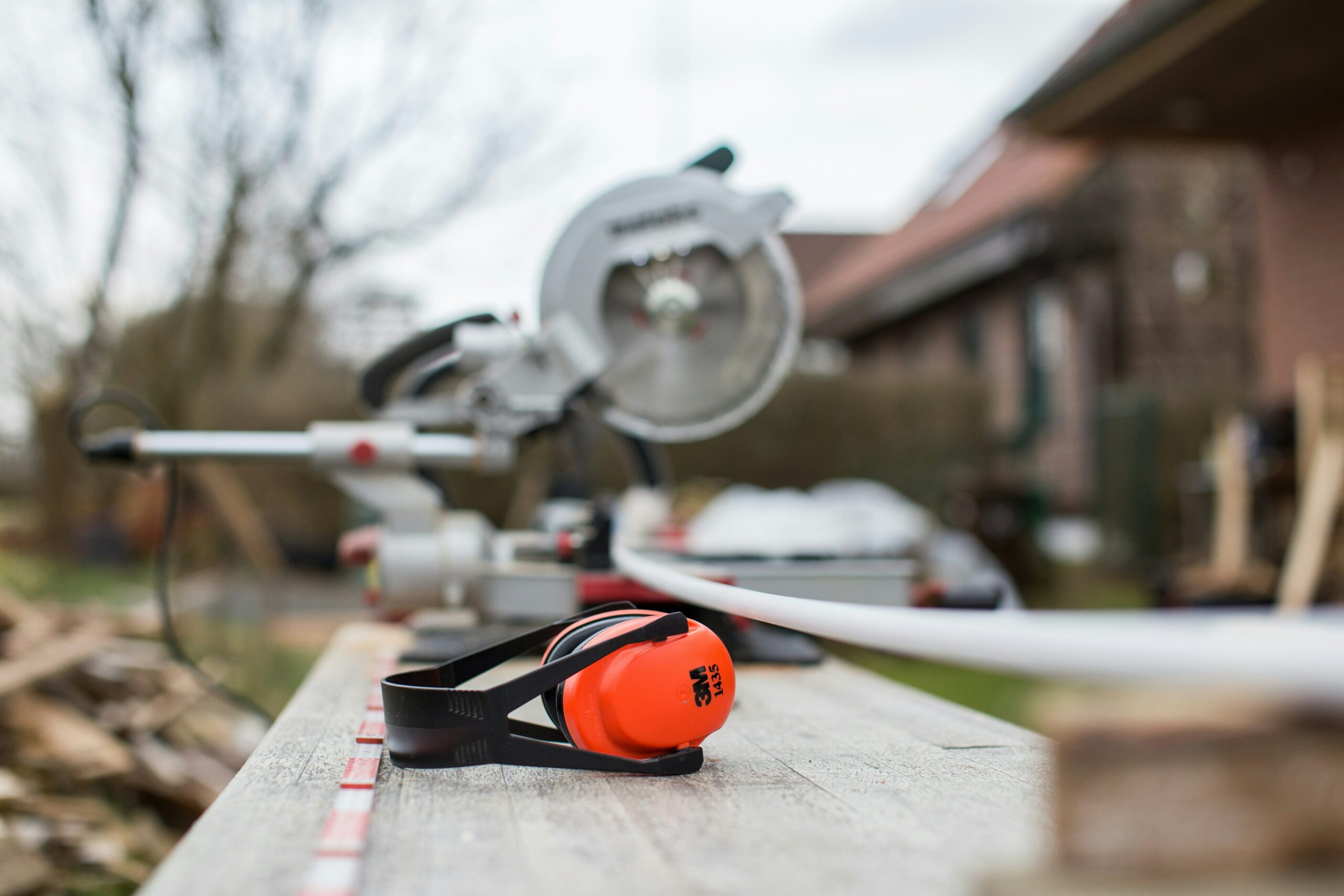An Employer’s Guide To Health And Safety Legislation In The UK

In the realm of workplace health and safety, understanding the various legislation is of paramount importance as these laws contribute to maintaining a healthy, safe, and compliant work environment. Employees should be able to work effectively in an environment where they do not feel at risk.
Here, we look at the key health and safety legislation in the UK and discuss the responsibilities of both employers and employees in detail.
What Is Health And Safety Legislation?

Health and safety legislation refers to a set of laws, policies and regulations designed to promote and protect the health, safety and welfare of individuals at work. It also includes proactive measures to prevent accidents, injuries and illnesses. Health and safety regulations cover a wide range of areas, such as the use of machinery, handling of hazardous substances, provision of personal protective equipment (PPE), and fire safety.
Who Is Responsible For UK Health And Safety Legislation?
The Health and Safety Executive (HSE) is the national regulatory body responsible for workplace safety. The HSE enforces regulations, conducts inspections, and provides guidance to employers and employees to ensure compliance with health and safety laws.
Within individual workplaces, it is the legal responsibility of employers to protect the health, safety and welfare of their workers. They must:
- Complete health and safety risk assessments and implement necessary measures
- Provide relevant health and safety training and information to employees
- Implement health and safety policies tailored to the specific needs of the workplace
Employees also share responsibility and can improve workplace health and safety by:
- Taking reasonable care of their own health and safety, and that of others
- Complying with any health and safety instructions and cooperating with employers in keeping the workplace safe
Why Do We Need Health And Safety Regulations?
Health and safety regulations exist primarily to protect the wellbeing of workers and the public by establishing standards that minimise risks associated with various activities and environments. By providing safe working conditions, employers will reduce the likelihood of accidents, illnesses, and fatalities in the workplace.
Additionally, by preventing accidents, businesses are less likely to be involved in costly litigation proceedings. Prioritising employee welfare and a safe working environment promotes employer accountability and boosts staff morale. Health and safety regulations create trusted frameworks that foster a culture of safety, encouraging everyone to take proactive steps in safeguarding their own and other’s health and wellbeing.
Understanding Health And Safety Legislation
Health and safety legislation is a complex area with a number of health and safety laws within its framework. Let’s take a look at the key legislation and regulations regarding health and safety in the workplace.
1. Health And Safety At Work Act 1974
The Health and Safety at Work Act (1974) is a primary piece of legislation often dubbed the cornerstone of health and safety legislation in the UK. It places a duty of care on all employers to ensure the health, safety and welfare of their employees while at work.
It is the employers duty under this act to deliver a safe and healthy workplace, where they are expected to:
- Provide a safe system of work
- Create a safe place of work
- Provide safe equipment, plant, and machinery
- Have safe and competent people on site
Employers are liable for the actions of their staff and managers but health and safety is also the responsibility of the employee. Therefore it is imperative that they take care of their own health and safety and that of others who may be affected by their actions at work. Employees should not interfere with or disrupt anything put in place to aid health and safety at work, and must pay any requisite fines and penalties due to breaches in health and safety.

2. Management Of Health And Safety At Work Regulations 1999
The Management of Health and Safety at Work Regulations (1999) were introduced as a way of reinforcing the Health and Safety at Work Act 1974. Focusing on the systematic management of health and safety in the workplace, these regulations require employers to:
- Identify hazards that could cause illness or injury
- Carry out health and safety risk assessments
- Implement measures to control risks
- Provide health and safety training information to employees, and ensure the competence of those responsible for health and safety
Although these health and safety regulations are predominantly in place for employers, they do stipulate certain duties for employees. These duties include reporting any health and safety shortcomings or dangerous situations, using equipment accordingly, and taking reasonable care of their own health and safety, as well as that of anyone affected by their work. These duties supplement and support the employee’s duties under Section 7 of the Health and Safety at Work Act.
3. Manual Handling Operations Regulations (MHOR) 1992
Lifting, manoeuvring, pulling and pushing are all examples of manual handling, which occurs in most sectors across a wide range of organisations. The main policy in the UK dedicated to this area of health and safety law is the Manual Handling Operations Regulations of 1992. Its main aim is to prevent injuries caused by manual handling tasks in the workplace. The responsibilities of employers under MOHR are defined by the Health and Safety Executive in three concise steps:
- Avoid hazardous manual handling operations ‘so far as reasonably practicable’
- Assess the risk of injury to employees from unavoidable hazardous manual handling
- Reduce the risk of injury to employees from hazardous manual handling to ‘as low as reasonably practicable’
Carrying out risk assessments, providing training for employees and implementing control measures are key examples of how an employer can adhere to these health and safety regulations, which in turn reduces the risk of injuries and promotes employee safety.
As with many health and safety acts in the UK, the main responsibilities fall upon the employer; however, employees must use the equipment provided by their employer safely. They must also work together with their employer and fellow employees to ensure legal obligations are met, and the controls and systems of work defined in the risk assessments are used.
4. Control of Substances Hazardous to Health (COSHH) Regulations 2002
The Control of Substances Hazardous to Health (COSHH) Regulations 2002 is a key piece of legislation in the UK designed to protect workers from health risks associated with hazardous substances. Under COSHH, employers are required to:
- Assess the risks posed by these substances
- Implement appropriate control measures to limit exposure
- Ensure that staff are adequately informed and trained to handle hazardous materials safely
- Maintain safety data sheets
- Provide appropriate PPE
- Regularly review control measures to ensure ongoing effectiveness
The main goal of COSHH is to safeguard employee health by promoting a safe working environment and mitigating the potential dangers of chemicals and other harmful substances used in various industries, such as agriculture, engineering and healthcare.
Other Health and Safety Legislation
The above are the primary pieces of health and safety legislation that workplaces must adhere to. There are also several other key areas covered by health and safety regulations, including:
1. Reporting of Injuries, Diseases and Dangerous Occurrences Regulations (RIDDOR) 2013
The Reporting of Injuries, Diseases and Dangerous Occurrences Regulations 2013 (often known as RIDDOR) pertains to record keeping within health and safety legislation. It is a law that requires employers, and anyone else in charge of work premises, to report and keep records of injuries, work-related fatalities, and diagnosed cases of reportable occupational diseases. RIDDOR categorises reportable incidents into four main types:
- Death
- Major injuries
- Over-seven-day injuries (injuries that result in employers being unable to work for more than seven days)
- Dangerous occurrences
RIDDOR’s primary aim is to ensure the prompt reporting of such incidents to the relevant enforcing authority, typically the local HSE. Only competent people are required to submit reports – employees do not have a legal responsibility to report incidents under RIDDOR. An appointed competent person can include the employer, the self-employed and those in control of work premises, for instance the manager of the site where an incident has taken place.
2. The Health and Safety (First Aid) Regulations 1981
The Health and Safety (First Aid) Regulations 1981 are a set of legal requirements in the UK designed to improve the health and safety of employees by providing timely and effective first aid in the event of workplace injuries or emergencies. These regulations state that employers assess the risks within their workplace and ensure that appropriate first aid arrangements are in place, including having trained first aiders and accessible first aid kits. Employers should inform employees about these first aid arrangements to bolster a safe and responsive work environment.
3. Display Screen Equipment (DSE) Regulations 1992

There are a wide variety of health and safety acts covering a multitude of industries. The Display Screen Equipment Regulations (DSE) of 1992 focuses on the health and safety of employees who utilise computers or other display screen equipment as a key component of their job description. These regulations specify the responsibilities of the employer, which include:
- Workstation assessments
- Appropriate equipment positioning
- Frequent work breaks
- Providing eye sight tests on request.
The objective of this important piece of legislation is to prevent musculoskeletal disorders and eye strain. Compliance with DSE Regulations is not only a legal requirement but it also provides a practical approach to ensuring the well-being of workers.
From an employee perspective, it is their duty to utilise DSE according to guidance set out by their employer and report any discomfort or health problems that may arise. They must cooperate with their employers in implementing safety measures and attend any training sessions offered. Furthermore, employees are encouraged to take frequent breaks, vary their work tasks and maintain correct ergonomic postures to minimise the risk of musculoskeletal problems.
4. Personal Protective Equipment (PPE) Regulations 2018
Employees should be able to fulfil their job requirements without risk of harm, which is why there are specific health and safety regulations around PPE equipment. PPE is essential as it provides a physical barrier between the employee and a potential hazard. The Personal Protective Equipment (PPE) Regulations of 2018 set out the requirements for employers regarding the provision, use, and maintenance of PPE in the workplace. It is primarily for employees working in potentially hazardous environments such as healthcare. These regulations make it a legal requirement that employers:
- Provide employees access to free of charge suitable protective equipment, such as helmets, gloves, and safety goggles, to mitigate risks and safeguard their well-being
- Train and guide employees on the correct use of equipment
- Check equipment regularly and keep their PPE inspection register up-to-date
There are many different types of injuries which can be caused by a worker having inappropriate or improper equipment. Therefore, employees also have various responsibilities that they must fulfil under PPE health and safety law. These include:
- Properly using the safety equipment in accordance with the training they have received
- Taking reasonable care of the PPE provided and not attempting any unauthorised modifications or repairs
- Visually examining the PPE equipment before use to identify any potential faults or developing problems, and reporting them without delay
- Returning the equipment to the proper storage areas after use, except if it is normal practice to take it home overnight e.g. PPE footwear and clothing
- Reporting any loss of PPE equipment immediately to avoid any unnecessary risks in its absence

Managing Health and Safety Legislation In The Workplace
As established, employers are responsible for the workplace health and safety of employees. This also extends to visitors to business premises, for example, customers in a retail store or children in a childcare setting. With a number of health and safety regulations to follow, and multiple laws within the Health And Safety At Work Act itself, it’s important that employers have good practices in place to stay on top of health and safety. They can do this by:
- Developing clear health and safety policies outlining their commitment to maintaining health and safety standards
- Include procedures for reporting safety concerns and establishing emergency protocols
- Delivering or offering external ongoing training
- Maintaining records of health and safety audits, risk assessments, training and incidents
- Documenting all information to support compliance in order to effectively demonstrate adherence to health and safety practices
- Regularly reviewing and updating health and safety processes and policies to reflect any changes in legislation or workplace practices
- Encouraging a culture of safety through employee involvement and engagement in health and safety issues
Health And Safety Training With Rhino Safety
At Rhino Safety, we understand that health and safety law can be a difficult field to navigate, so, let our team of experts take the stress out of it. We work with companies of all sizes, in a wide range of industries for all of their health and safety needs. Think of us as your outsourced health and safety department, and discover how we can help you by taking a look at our full range of health and safety services, or alternatively get in touch with our team today to take the next step.
